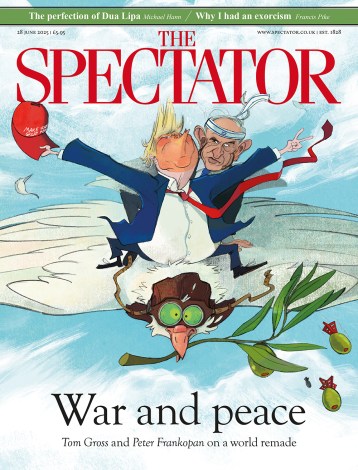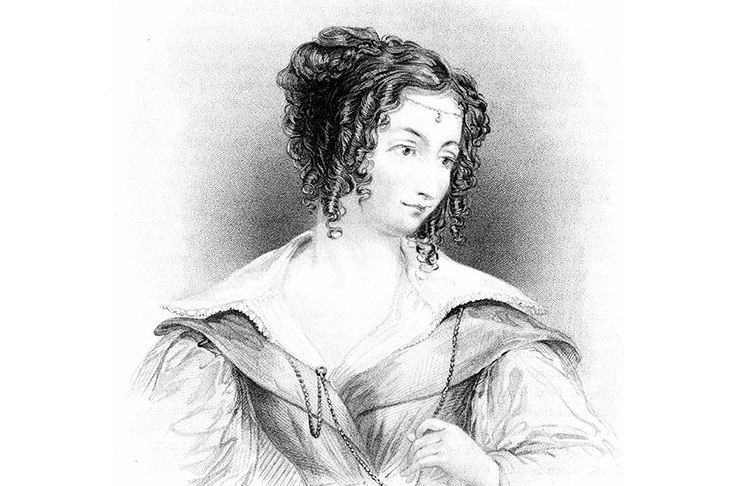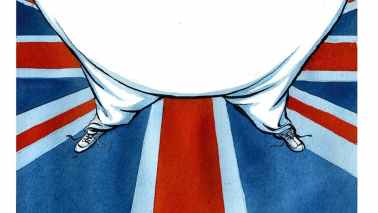‘I want to see Venice, and the Alps, and Parmesan cheeses.’ So wrote Lord Byron in 1814, some two years before he settled — if that is the word — in the lagoon city. Even after his arrival in the winter of 1816, Venice retained its fantastical allure: he identified with its decay (which he would still find today) and savoured its lack of tourists (which he would not). The city was, he wrote, ‘the greenest island of my imagination’, a place that had soon established itself as his ‘head, or rather my heart, quarters.’
It certainly had his blood pumping: for Byron, Venice became a playground for all manner of physical exertion. There was one of his implausible swims, for four hours from the Lido to St Mark’s Square, then on down the length of the Grand Canal. There was a lot of rowing. And there were the daily rides near the ancient Jewish cemetery — for a time accompanied by Percy Shelley, who gave them poetic purpose in ‘Julian and Maddalo’, in which Byron becomes ‘a Venetian nobleman of ancient family and of great fortune’ (which no doubt he wished he was).
Then, notoriously, there was sex — and plenty of it. Byron embarked on countless liaisons in Venice — with 200 women in less than three years, he sometimes claimed — and bragged of them in letters back to London. ‘So we’ll go no more a roving/ So late into the night’, he wrote after the carnival of 1817, lines that have sometimes been taken as a poignant recognition that youth must have its end. But they were more like the routine of a man who hams up his hangover: the following year’s festivities would keep Byron just as busy.
Some of Byron’s affairs stretched into narratives — or at least into tall stories with which to entertain his peers and his publisher back in England. Marianna Segati, the wife of his ‘Merchant of Venice’ landlord, had him pondering Italian morality (he fully condoned its flexibility); later Margarita Cogni, Byron’s ‘Fornarina’, brought some semblance of order to the madcap menagerie kept by the poet at Palazzo Mocenigo, which he had taken on lease in the early summer of 1818. It was the start of another attachment, to Contessa Teresa Guiccioli, that eventually drew him away from Venice the next year, in picaresque pursuit of his lover.
Then there is the other Byron, the figure who survived the priapism and preening by folding them into his writing. For all his extracurricular endeavours in Venice, Byron’s extended stay in the city included periods of concentration in which he took daily lessons in Armenian on the monastery island of San Lazzaro degli Armeni and produced some of his greatest writing — including the final canto of Childe Harold’s Pilgrimage and the first instalment of Don Juan.
It was in Venice that Byron lit on the ottava rima verse form that would come to embody his poetic voice and all its vices. With hindsight Beppo — the Venetian yarn that was his first poem to employ this rollicking eight-line stanza — reads like a throat-clearing exercise for the much longer project of Don Juan. A simple tale drawn out by countless authorial interruptions, it perfectly captures the mixture of direction and digression that characterises Byron’s verse at its best. In Venice, his ‘sea Cybele’ of the Adriatic, it was a paradox he lived by.






Comments